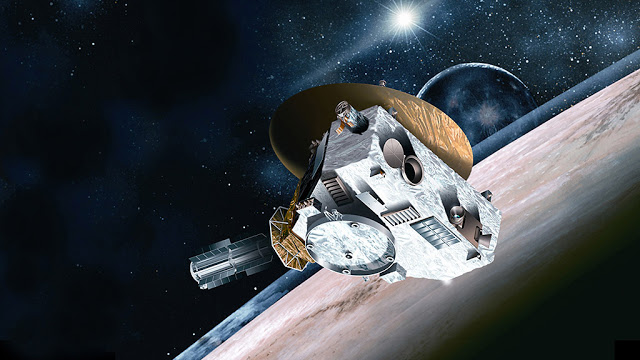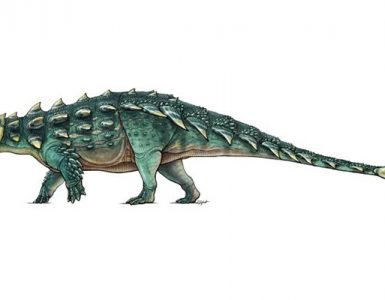 |
| Image Source: Clarksvilleonline |
Ed Kruzins, the CSIRO director of Canberra Deep Space Network who operates four dishes that continuously receive signals from New Horizons, says that they’re not nervous as the process has been rehearsed many times and should be done now without any major issues. The fact that New Horizons will be near to Pluto only for one day makes the situation a bit tricky. Getting a message from the spacecraft takes about 4.5 hours and a two-way communication process takes more than 9 hours. On Tuesday, the spacecraft will be at its closest to the Pluto; about 12,500 kilometers away and there will be one chance to get the position of the dishes correct.
Ed Kruzins said,” It will pass quickly, which is why we have to get it right, here on earth. There will not be another shot. At the closest approach we’ll be the station carrying all the data, the imagery and Pluto’s atmospheric measurement’s.” Team C will be piloting the antennas and have to make sure that the connection with the spacecraft is stable and stream of data keeps flowing smoothly on the night. Considering the amount of time that is required for the signal to reach and the distance that exists between the sender and the receiver, the message is nothing but a whisper through the space. New Horizons is travelling at a speed of 58,000 kilometers per hour but still it took almost 9 years to get to Pluto. The vastness of space can be imagined through this statistic.
The probe will not slow down for Pluto as it is not carrying enough fuel for that, but it will fly past it and its moon Charon and then head for the Kuiper belt which is the region beyond all the planets and is believed to have a lot of icy moons. The scientists hope that the data from these icy moons will be able to explain their role in the formation of early solar system.





















